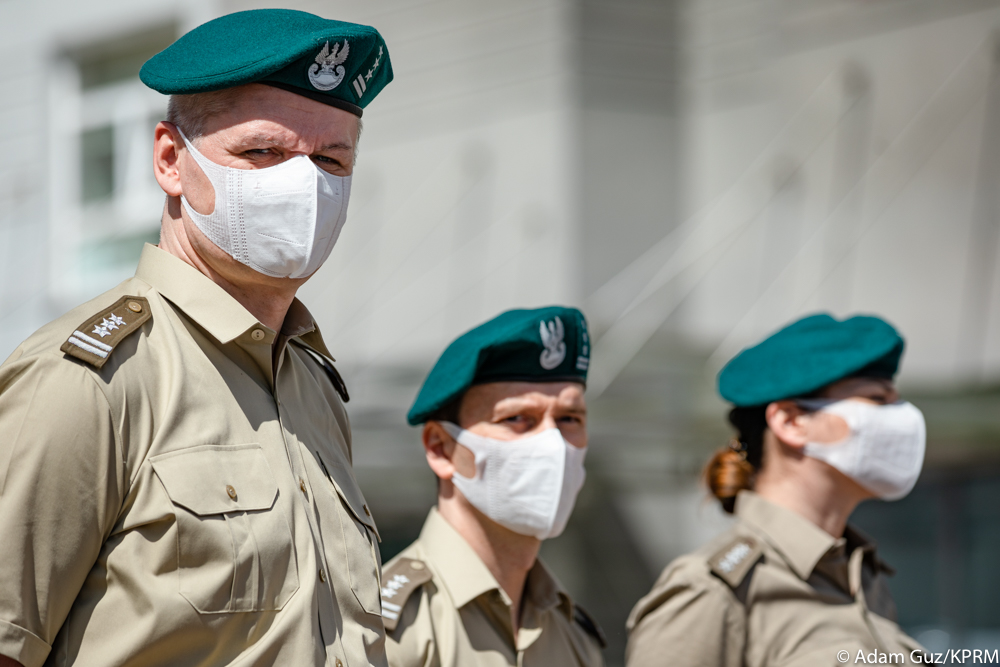Poland has today recorded by far its highest ever daily number of new coronavirus infections, 1,538. That breaks the previous record, set yesterday, of 1,136, and continues a recent upward trend in infections.
The health ministry’s spokesman says that the rise is the “effect of a return to normal, everyday life”, with “more people on the streets and more contact” between them. However, he reassures that, although high numbers may continue, there are “currently no major hot spots” for infections, reports Polsat News.
The numbers of new cases in Poland also remain well below those in some western European countries currently experiencing a second wave of the virus, although it also performs far fewer tests than they do.
The health ministry’s data show that the number of deaths of those infected with coronavirus in the last three days (76 combined) is the highest three-day total since late April.
The number in quarantine (137,000) is the highest since mid-April and those under epidemiological observation (13,000) is the highest since early July. However, the number hospitalised has remained fairly steady at around 2,000 since early August, and below its peak of 3,000 in late April.
The number of tests performed in Poland remains relatively low. The country’s current seven-day average of around 0.50 daily tests per 1,000 people compares to 3.4 in the United Kingdom, 2.4 in France and 1.8 in the Czech Republic.
There has also been a recent significant increase in the proportion of test results that are positive in Poland, from 2.6% to 4.4% over the last two weeks.
The health minister, Adam Niedzielski, says that this is in part due to a rise in the number of cases, but also a consequence of a change in strategy that means more testing of symptomatic people and less of those in quarantine and isolation.
Data released by the education ministry yesterday showed that the number of schools that have had to switch to full or partial remote learning due to outbreaks of the virus has reached its highest level since the start of the school year three weeks ago.
Currently, 274 schools are operating with hybrid online and in-person teaching, while 92 have gone completely online. However, the vast majority of schools, over 99% of them, are open as normal, though with sanitary measures in place.
The health ministry’s spokesman says that the recent rise in infections cannot be ascribed simply to the reopening of schools. He notes that, after people spent time more distanced from one another in the summer holidays, there is now close contact in workplaces and public transport, reports Money.pl.
As the pandemic hit Europe, Poland introduced one of Europe’s earliest and toughest lockdowns. From April, it began the process of “unfreezing” those measures, though some, such as the obligation to wear face masks in shops, have remained in place.
In June, when the government was keen to encourage older citizens to vote in the presidential election, Prime Minister Matuesz Morawiecki declared that the epidemic was “in retreat” and there was “nothing to be afraid of” anymore.
However, following a rise in infections that began in July, the government implemented a system of red and yellow zones in which some restrictions are reintroduced in response to local rises in the number of cases. The latest updated map was published yesterday.
Main image credit: Adam Guz/KPRM (under CC BY-NC-ND 2.0)

Daniel Tilles is editor-in-chief of Notes from Poland. He has written on Polish affairs for a wide range of publications, including Foreign Policy, POLITICO Europe, EUobserver and Dziennik Gazeta Prawna.




















